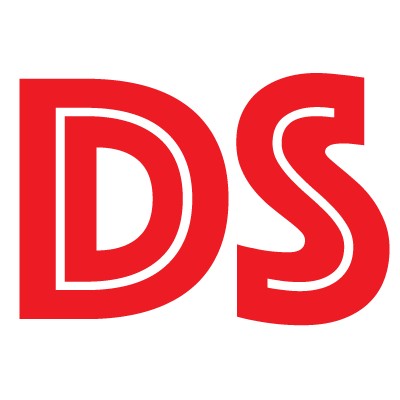
Introduction to Data Science is a three-credit course, offered in the Spring 2025 semester at the University of Utah, cross-listed between Mathematics (MATH 4100) and Computing (COMP 5360).
This class is taught in person. We will use Piazza for asynchronous communication and Canvas for announcement and submissions of assignments. All classes and sections are also archived online. Students are highly encouraged to attend class.
You should also own a notebook computer that you can bring to class.
The amount and complexity of information produced in science, engineering, business, and everyday human activity are increasing at a staggering rate. The goal of this course is to expose you to methods and techniques for analyzing and understanding complex data. Data Science lies at the intersection of statistics, computer science, and, of course, the domain from which the data comes from. This course will provide an introduction to the former two: statistics and computer science and provide you with a toolset to conquer problems in your domain!
The course begins by bootstrapping your coding skills (we will be using Python), and will move through a series of data science methods via real-life, project-based, lectures and computer labs. The goal of this course is to develop your skills in:
- data wrangling: how to acquire, clean, reshape, or sample data so that it’s ready for further processing?
- data exploration and analysis: how to analyze the signal in a large, noisy dataset?
- prediction: can inferences and decisions be made based on the available data?
- communication: how can findings be effectively communicated to others?
A more comprehensive description of the course material, including a list of projects, can be found in the course syllabus.
Key Resources
The class meets Tuesday/Thursday 03:40PM-05:00PM, WEB L101, in person.
Announcement: We use Canvas for announcements.
Online discussion: We use Piazza for discussions and two-way communications between students and teaching staff.
Lecture Material: Jupyter notebooks and other lecture materials are posted to github.
Homework Assignments: Homework assignemnts are posted on github.
Grades / Submissions: We use Canvas for homework submissions and grades.
Contact
To contact the teaching staff, please use Piazza for questions related to course materials and email for personal issues unrelated to course matarials (such as medical exceptions).
Instructors
Kate Isaacs, Computer Science
utah.edu E-mail: u6044649@gcloud
Anna Little, Mathematics
utah.edu E-mail: little@math
Teaching Assistants
Shadmaan Hye, Computer Science utah.edu E-mail: praptishadmaan@sci
Chang Han, Computer Science utah.edu E-mail: changhan@sci
Is this course for me?
This course is designed for both undergraduate and graduate students from various fields. So, if you are a student in, for example, Biology, Chemistry, Social Sciences, Psychology, Business, etc., and want to learn some computational and quantitative skills to be successful in your field as it transforms in an age increasingly dominated by data and computation, this course might be for you!
This is an introductory course: we will introduce both programming concepts and the necessary statistics, yet we do expect you to have at least a little background in programming and math. The formal prerequisite for this course is Calculus I (UU Math 1170, 1210, 1250, 1310, 1311 or equivalent). In addition, we expect that you have some basic programming fluency. If you don’t know what a for-loop or a function is, for example, you first should take the “Programming or All” (COMP 1010, offered in fall, and COMP 1020, offered in spring) series.
Can I get quantitative reasoning or elective credit for this class?
Yes, this class counts as Quantitative Intensive (QI) credit towards a bachelor of science degree.
This class will satisfy the computing requirements for applied math students.
Can I take this class for credit as a graduate student?
The COMP 5360 course number enables most graduate students to take this course for credit towards their degree, as many graduate programs allow 5000 level courses from outside the degree’s home department. CS students (undergrad or graduate) cannot take this course.
How do I enroll in this class?
You can either enroll for the MATH (MATH 4100) version and request a permission code here, or the COMP (COMP 5360) version and request a permission code here.
To request a permission code, please tell us about your major / degree program, your math, and your programming skills.
We generally consider all full time students in the MSIS and Biomedical Informatics graduate programs to meet the prerequisites for this class.
